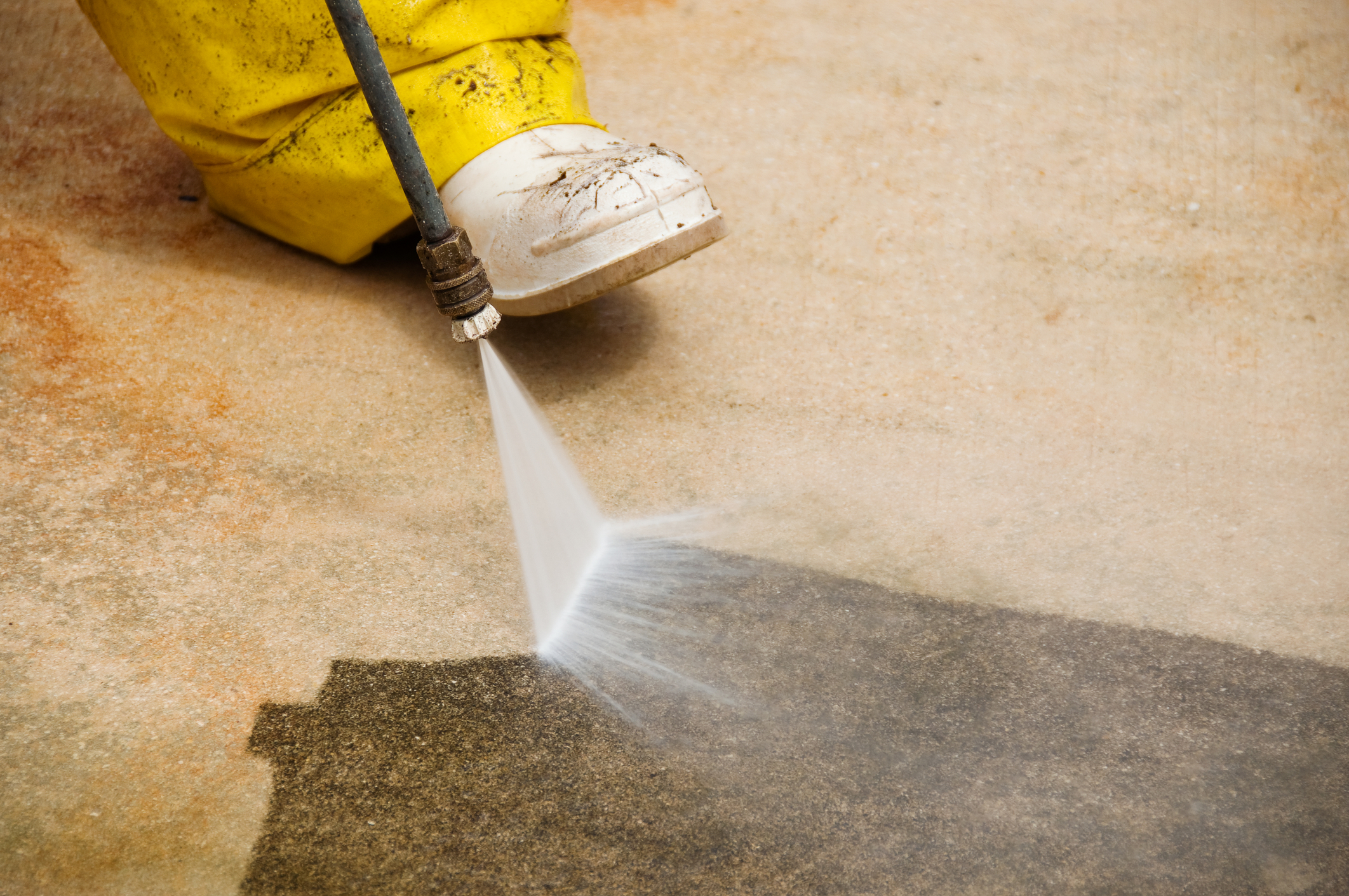Timber is a natural material and variations in color, texture and other naturally occurring features are found between pieces and batches of the same species. Sanding and finishing of the flooring can also cause variations in its appearance.
Care should be taken when making a selection based on a single sample. In all cases, timber flooring supplied in job lot quantities contains some variations from job to job and from the samples on display.
When it comes to flooring, timber quality and resilience should be the first priority. There are many different types of timber which can make it difficult to choose one.
The following timber properties play a significant role in an appropriate timber selection: hardness and shrinkage rate, and durability for timber decking.
- Hardness means resistance to indentation, and it is measured in kN and determined by the Janka hardness test, which measures the force needed to drive a steel ball to a depth where half the ball is embedded in the wood. The more resistant the timber, the higher the Janka rating, and higher wearing resistance.
- Shrinkage rate means percentage reduction in dimension from the unseasoned condition to 12% moisture content in the plane tangential to the growth rings. Radial shrinkage is approximately half that of tangential. Lower figure shows a lower shrinkage rate and more stable wood.
- The term “durability” refers to the natural ability of the hardwood to resist attack from biological hazards such as fungal attack in high-risk conditions such as low ventilation or high humidity.
The durability classes are:
Class 1 – highly durable with an expected service life in excess of 25 years in the ground
Class 2 – durable with an expected service life of 15 to 25 years in the ground
Class 3 – moderately durable with an expected service life of 8 to 15 years in the ground
Class 4 – non-durable with an expected service life of 1 to 8 years in the ground
Other properties that are usually considered in flooring (and decking) timber selection are colour (appearance) and price.
Timber is a hygroscopic material. This means that it takes up and loses moisture depending upon the temperatures and humidity to which it is exposed and expands and contracts with increases and decreases in its moisture content.
Seasoned flooring is supplied with a moisture content within the range of 10 percent to 15 percent.
Wherever floor boards are intended to be laid, acclimatizing the boards will prevent most environmental problems. The conditions in the room or areas where the timber is to be installed should be equal to those that will prevail during the life of the floor. The acclimatization period should not include any excessive weather conditions either rain, or heat.
If you do get such excessive weather conditions, wait and start your acclimatization when the weather returns to less extreme conditions. You can lay and acclimatize the boards in place or stack the boards in an open or criss-cross fashion so that air is free to circulate in and around each board.
The minimum time you should allow for acclimatization is 14 days for good underfloor ventilation, and 21 days or more if underfloor ventilation is poor.
The floor should not be installed until the equilibrium moisture content (EMC) of the timber is equal to the EMC of the room and has stabilised.
Flooring timber is supplied in random lengths.
Narrower floor boards (up to 80 mm) can be secret nailed or top nailed, and floor boards wider than 80 mm should be top nailed only.
As previously mentioned, timber is a natural material and its moisture content at any time will be influenced by the ambient moisture content of its surroundings. For this reason, it is important that the finish coating, or lacquer, applied as a sealant should be of a type that will allow free movement between dry jointed timbers.
Because timber is a “living” material, you must take care after installation has been completed.
Flooring should be sheltered from direct sunlight by curtains, blinds or similar window protection. Timber can be affected by heat from sources such as free-standing heaters and stoves and high voltage downlights.
In areas where extremes of temperature of moisture variation are common, cracks may appear in the floor. Adding moisture to the air with a humidifier may be the answer. Air conditioners are rarely humidity corrected and particularly in winter can create an extremely dry atmosphere which can cause shrinkage and cracking of the floor.
Fit protective pads to the legs of chairs and tables so that they can be moved easily without the risk of scuffing the floor. If you have furniture with castors it is preferable that they are the barrel type as ball castors may cause damage.
Vacuum or sweep regularly. As per your preference, you can use a damp mop and add a little methylated spirit to the water (approx half a cup to half a bucket of water.)
Do not use wet mop on a timber floor or use water based cleaners. Washing your floor with water may change water content in timber and cause your floor to ridge or buckle so it should be used sparingly and remain on the floor for the shortest time possible.
